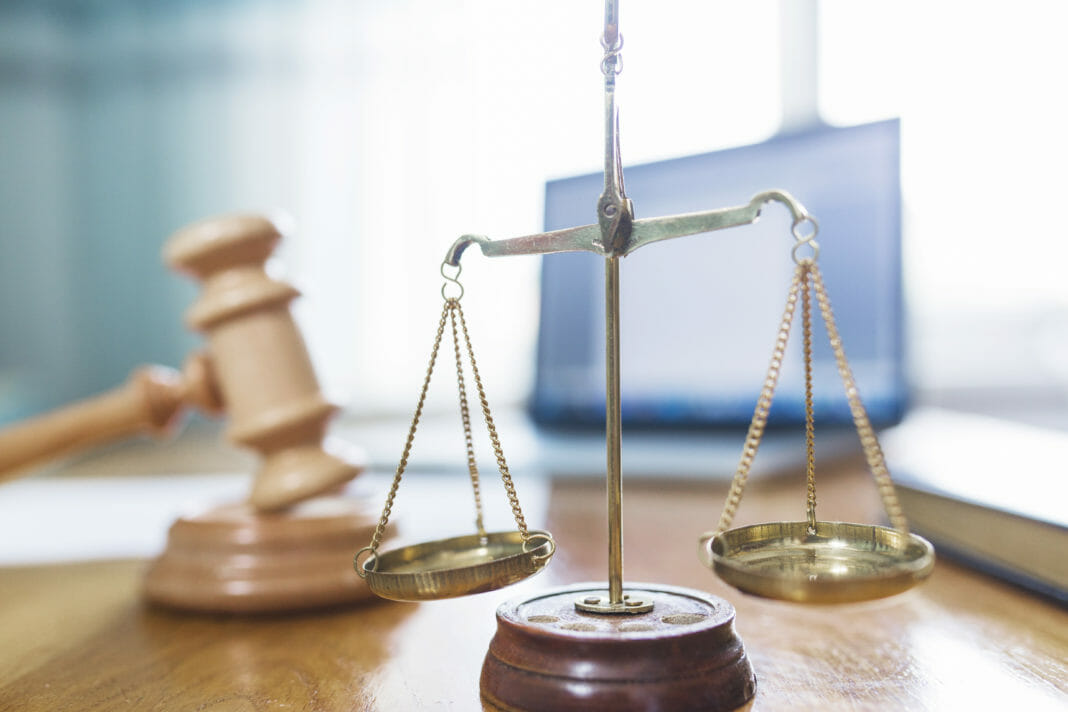The draft regulation on cryptocurrencies imposes strict rules on stablecoins. Regulating Bitcoin as a financial instrument “is a way to avoid qualifying it as money.”
The draft regulation that the European Commission (EC) is preparing seems to reconcile the view that separates blockchain from crypto assets. However, the new legal framework treats cryptocurrencies similarly to stock market products.
According to the specialist in Technology and Innovation, Alberto Gómez Toribio, the objective is to discuss the European draft regulations on crypto assets (Markets in Crypto-Assets or MICA).
Gómez believes that the European Union (EU) project responds to the need to regulate the sector in the region. Cristina Carrascosa, from law firm Pinsent Masons, says that “companies should not continue to operate like in the ‘far west’”. For her part, Idoya Arteagabeitia, from the same company, emphasizes the competitive advantages of homologation standards for the EU.
However, Gómez mentions issues that he considers to be a matter of concern for the ecosystem. He notes that it is positive to speak openly about crypto assets, but he sees an attempt to pigeonhole the activity of the cryptocurrency industry.
According to the technology specialist, it is relevant to understand “that the products and services that appear on the cryptocurrency market are not the same as those on the stock market and different principles govern them.”
European Commission and Its Emphasis on Stablecoins
Concerning the general requirements of the project, Idoya Arteagabeitia explains that it is a drastic change. After not having any regulation, now it is necessary to comply with many regulations.
The lawyer specializing in crypto assets acknowledges that “this will be more difficult to comply with for some companies.” However, they could have “a period of 18 months to make adjustments.”
The expert reaffirms that pegged cryptocurrencies or stablecoins must meet the greatest demands. This occurs because these crypto assets track the price of other assets or fiat currency, such as the US dollar and the euro.
The draft regulation notes that to operate in Europe, the issuers of these assets will have to apply for a license. They should also make clear the mechanisms for asset backing in a technical document, which the authorities should review and approve.
The European Commission argues that stablecoins resemble electronic money. According to Gómez, Spain, France, Italy, Germany, and the Netherlands support the European Commission’s regulatory plan and request strong rules on stablecoins.
Bitcoin Is Out of the Concept of Crypto Assets and Money
Spanish lawyer Javier Maestre gives his opinion on the definition of crypto assets that the European Commission puts in the document.
The draft regulation defines a crypto-asset as “a digital representation of value or rights that users can transfer and store electronically, using distributed ledger technology.”
According to Maestre, Bitcoin could fit this definition. However, he says that the European Banking Authority seems to be avoiding mentioning the “concept of unit of account,” thereby recognizing the pioneering cryptocurrency as money. Likewise, it adds that there was a recommendation to change the term “means of payment” to “means of exchange.”
Progress in Regulation of Cryptocurrencies and Risk of Lagging
The document only seeks to regulate three types of tokens: stablecoins (classified as tokens referenced to electronic asset and token money) and utility tokens.
Idoya Arteagabeitia admits that there are still many ecosystem themes that they should add to the document. “It may happen later, but the work of the EC tends to be slow. For that reason, there is a risk of lagging, especially if it receives the approval in a few years.”
The experts acknowledge that the regulation is an important step forward for regulation in Europe. Cristina Carrascosa thinks that it will favor cryptocurrency users, SMEs, and startups. Meanwhile, Arteagabeitia says that there should be a unification of regulatory criteria throughout Europe.
By Alexander Salazar











